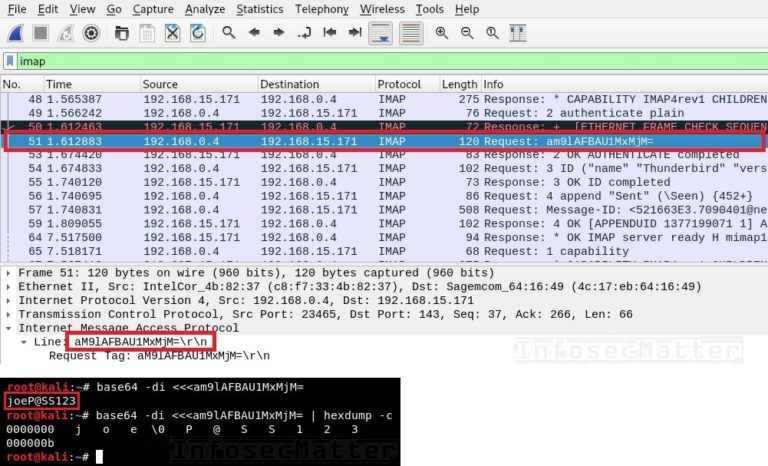

This method works by logging important fragments of the key-exchange part of the TLS protocol in a somewhat standardized format that Wireshark understands. *EDIT: I re-hosted the wayback machine version of this article since its no longer online. If you haven't done this before and you haven't read Jim's article, I recommend skimming it before you continue here. Jim Shaver's excellent post on the subject: Decrypting TLS Browser Traffic With Wireshark – The Easy Way*, or at least become familiar with the (Pre)-Master-Secret logging method (usually called SSLKEYLOGFILE in web browsers). If you are a Wireshark veteran, you may have already seen Mr. Wireshark and the (Pre)-Master-Secret/SSLKEYLOGFILE

We won't be able to access the HTTP protocol which is wrapped inside the strong encryption of the TLS session. But we will only be able to see the session initiation of the TLS protocol. If we simply run tcpdump on the server where the Java application is running, we will get a packet capture, yes. If you are interested in node.js apps instead, see part 2! How can I capture the traffic so that I can see the contents of the requests and responses? In the second screenshot, we can clearly see the URL that was requested by the user.I have a Java application that is talking HTTPS with some server I don't have access to. Here is the screenshot for packets of Linuxhint when “SSL log was enabled” Here is the screenshot for packets of Linuxhint when “SSL log was not enabled” Let’s see the differences between “Before SSL log file enabled” and “After SSL log file enabled” for. Now we can see the “Decrypted SSL” tab in Wireshark and HTTP2 protocols are opened visible. Look at the below screenshot, here we can see HTTP2 (HTTPS) is opened for some packets which were SSL/TLS encryption before. Wireshark AnalysisĪfter Wireshark starts capturing, put filter as “ ssl” so that only SSL packets are filtered in Wireshark. Now the set up is ready to verify SSL decryption. Wireshark->Edit->Preferences->Protocol->SSL->”Here provide your master secret log file path”.įollow the below screenshots for visual understanding.Īfter doing all these settings, do OK and start Wireshark on the required interfaces. Now we need to add this log file inside Wireshark. Now we can see huge information like the below screenshot. bashrc file and add the below line at end of the file. Make Linux set up for SSL packet descriptionĪdd below environment variable inside the. Note: HTTP sends data over port 80 but HTTPS uses port 443. But when HTTPS is used then we can see TLS ( Transport Layer Security) is used to encrypt the data. When we use only HTTP ( Hypertext Transfer Protocol), then no transport layer security is used and we can easily see the content of any packet. What are SSL, HTTPS, and TLS?Īctually, all these three technical terms are interrelated.
DECIPHERING WIRESHARK CAPTURES TRIAL
This is just a trial to see what is possible and what is not possible.

Note that: Decryption of SSL /TLS may not work properly through Wireshark. Then we will try to decode the SSL (Secure Socket Layer) encryptions. In this article, we will make Linux set up and capture HTTPS ( Hypertext Transfer Protocol Secure) packets in Wireshark.


 0 kommentar(er)
0 kommentar(er)
